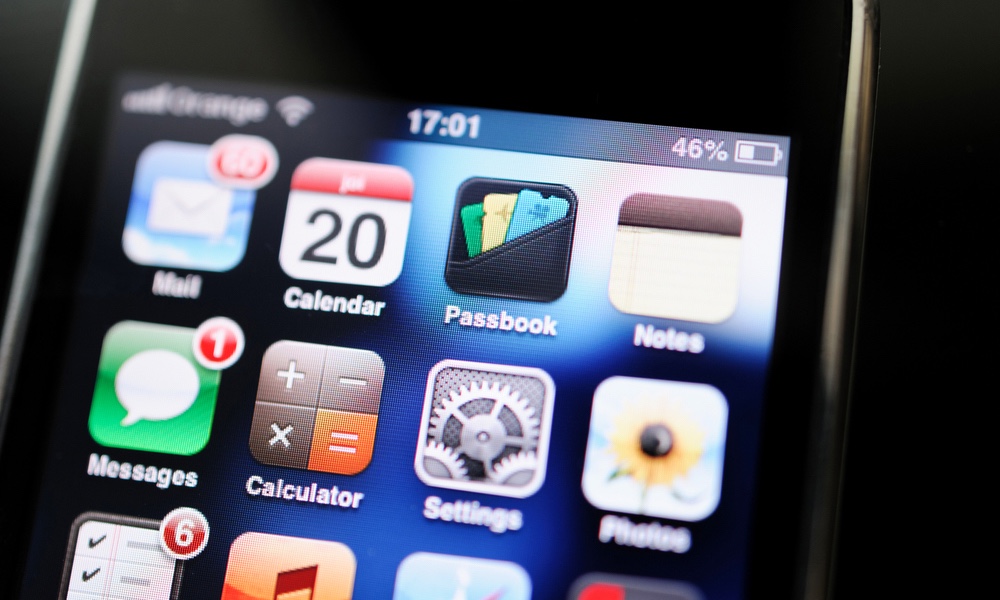Cellphone-Related Injuries Spiked After Apple Released the iPhone
 Credit: Hadrian / Shutterstock
Credit: Hadrian / Shutterstock
Toggle Dark Mode
Smartphones have become a lot more powerful, convenient and feature-packed over the years – and they’ve also, apparently, become more dangerous to users.
At least, that’s the conclusion of a new study published in the journal JAMA Otolaryngology–Head & Neck Surgery.
According to the paper, the number of head injuries caused by cellphones spiked around 2007 (when the iPhone was released) and has only gone up from there.
The researchers pulled data between 1998 and 2017 from the National Electronic Injury Surveillance System database. The database tracked cellphone-related injuries from about 100 hospitals in the U.S.
Cellphone injuries, per the NEISS database, really fall into two categories. (There are about an equal number of reported injuries in each.)
- There are direct mechanical injuries, such as dropping your phone on your face or someone throwing a phone at you.
- Then there are cellphone use-associated injuries, which is basically anything that happens because you were distracted by your device.
Between 1998 and 2017, the database tracked 2,501 cellphone-related injuries (which the authors estimated translated to more than 76,000 injuries nationwide). The most common diagnosis was a deep cut.
As the study’s author, head and neck surgeon Boris Paskhover, points out, the increasing danger of smartphones is likely because of just how many features are packed into them.
“The phone went from being a phone to being a mobile platform,” Paskhover said. “People stopped being aware of their surroundings.”
Paskhover said that he finds use-associated injuries the most concerning. People tripping while looking down at their phone, driving and texting, or simply playing Pokemon Go. In fact, about 90 of the injuries Paskhover analyzed were caused by users distracted by Pokémon Go.
The study only looked at head and neck injuries, not other body parts. And Paskhover believes that the number of cellphone-related injuries is significantly underreported.
“If someone is walking down the street and they trip and fall, they’re not going to say they were being a schmuck and looking at their phone,” Pashkover said. “They just say they tripped and fell.”
Of course, while the data appears alarming at first glance, it’s worth noting that the vast majority of them were relatively minor. About 95 percent were treated in the ER and immediately sent home, or just sent home without treatment.






